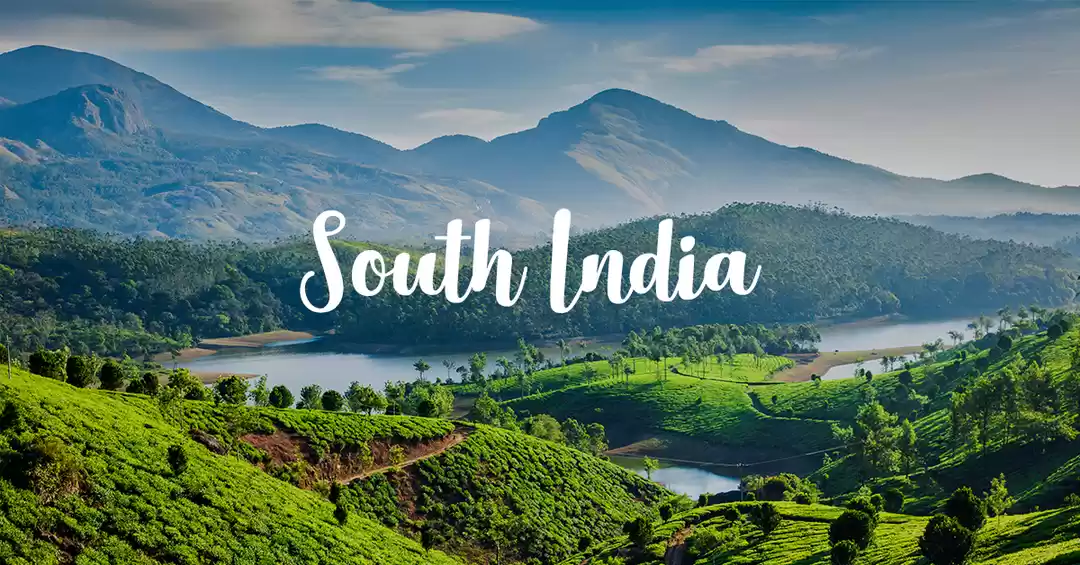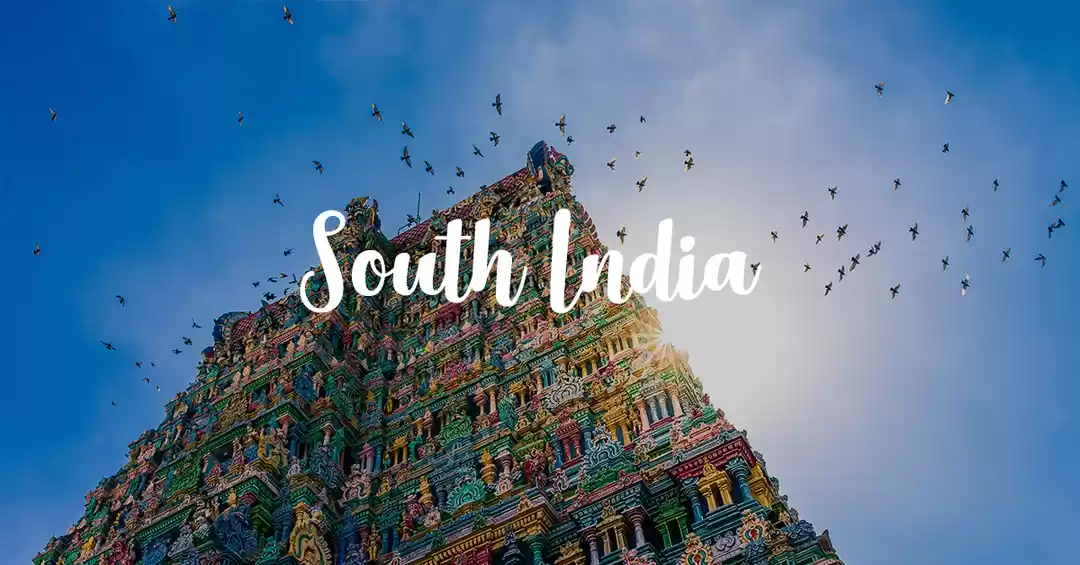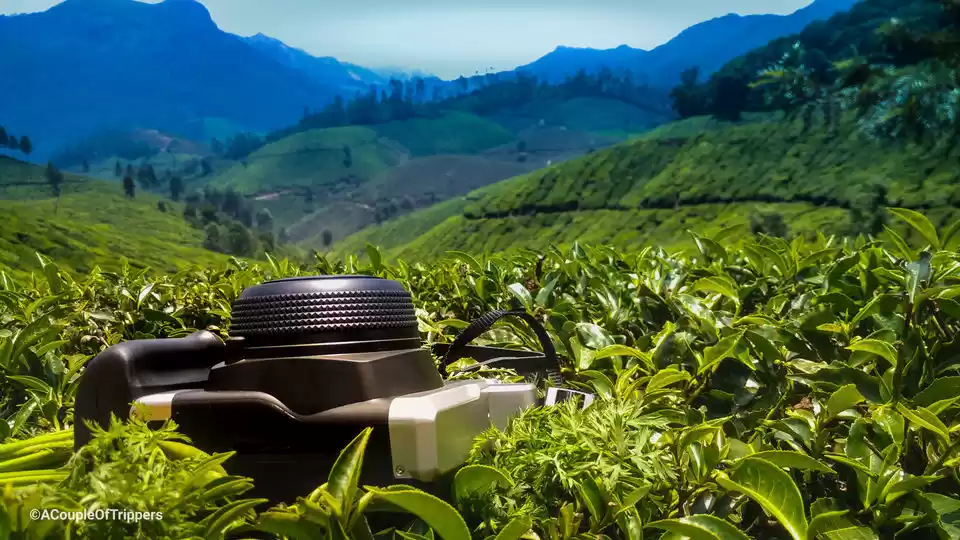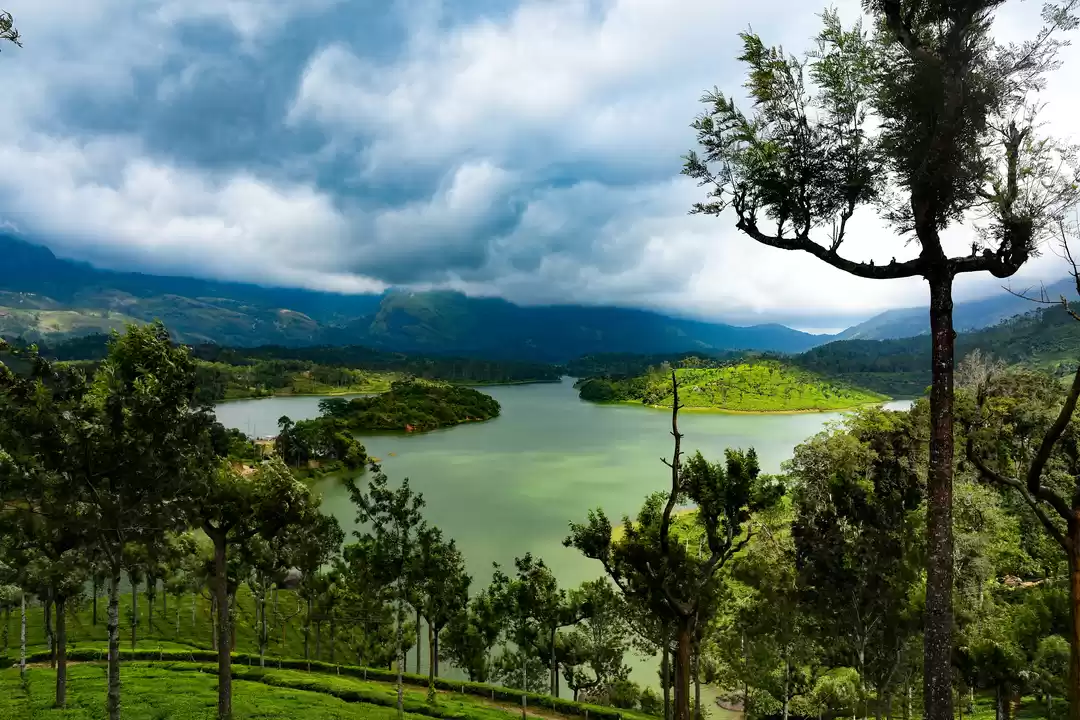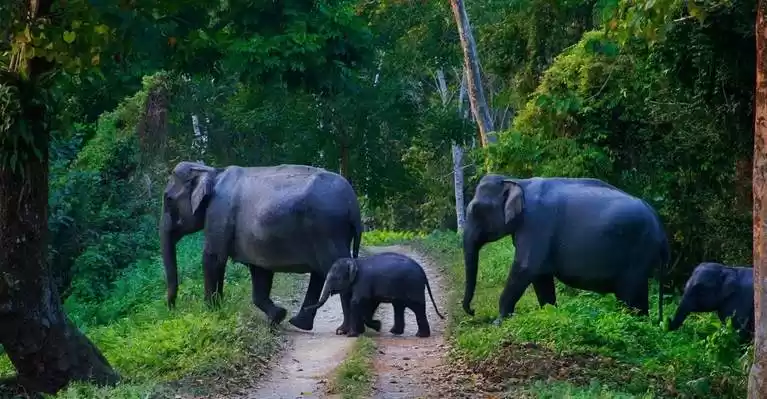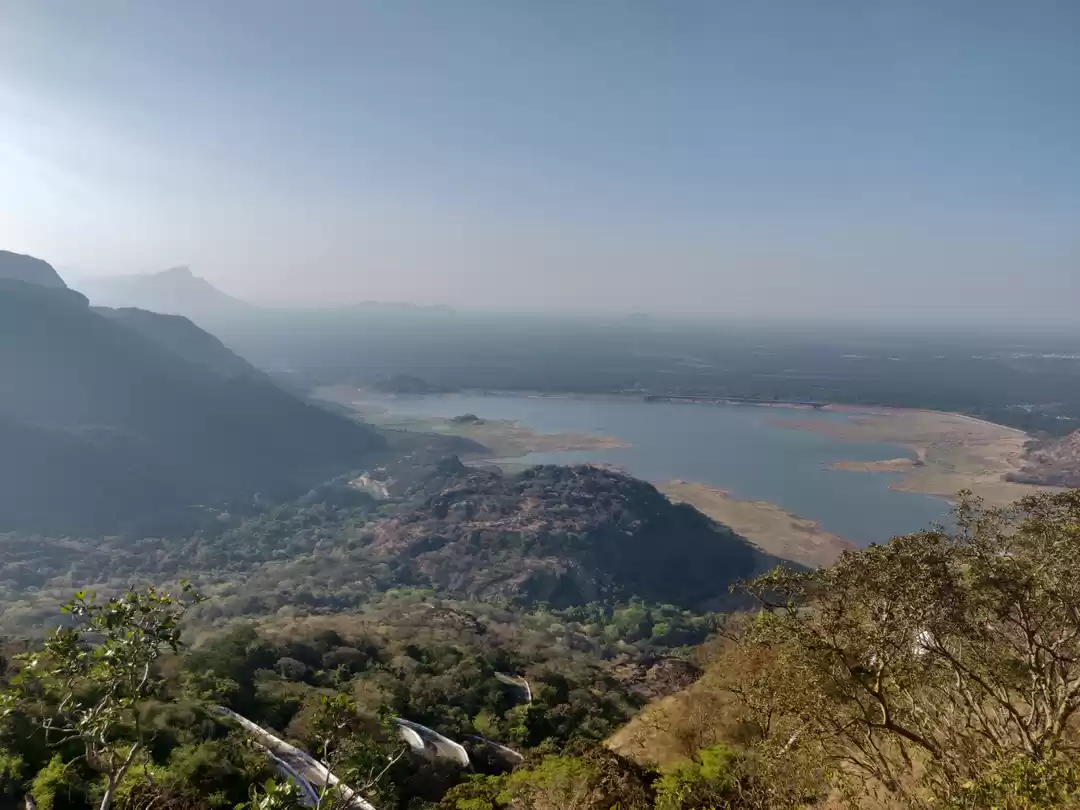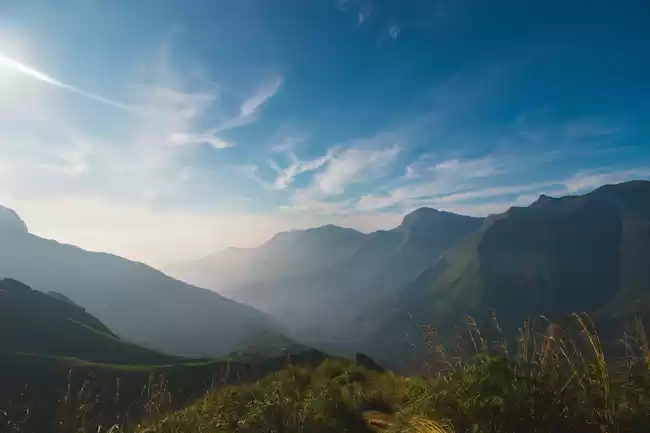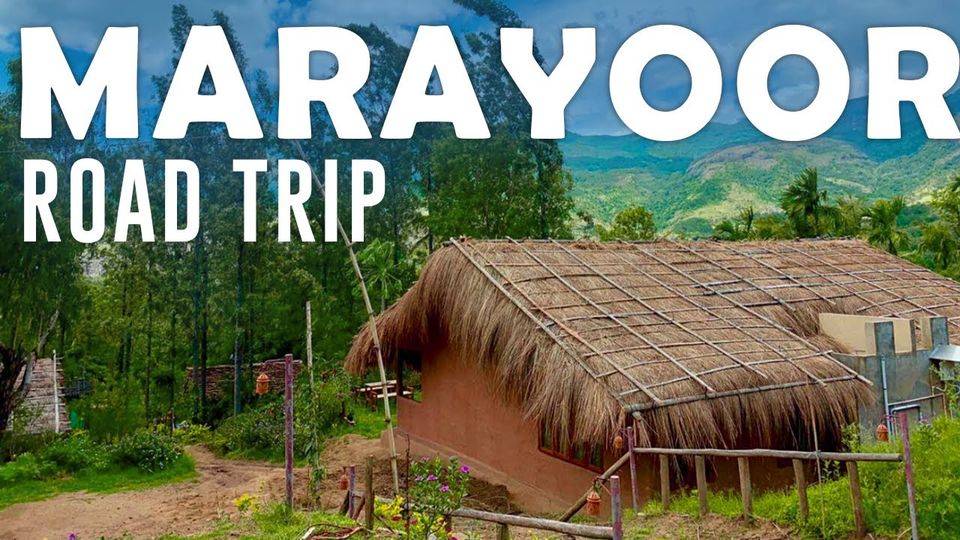
Marayoor is a very small taluka town about 40km N of Munnar on the Munnar – Udumalpet road. It’s claim to fame is as a major prehistoric site where dolmens and cave paintings have been discovered. Marayoor is also known for its delicious jaggery, English vegetables such as carrots which are not traditional south Indian veggies, Kerala apples – it is the only apple growing region of Kerala, precious sandalwood and the surrounding Chinnar Wildlife Sanctuary.
A multitude of tourists visit Munnar but few venture beyond the standard lakes, waterfalls and tea museum circuit.
In my opinion, the road going from Munnar to Udumalpet has the most spectacular scenery. This road first traverses the Rajamalai entry point of the Eravikulam National Park with Anaimudi, the highest mountain of peninsular India looming large at 2695m. Then come Nyamakad and Gundamalay, Thalayar and Vaghuvarai with steep hillside carpets of tea, verdant shola forests, high mountains, deep valleys and gushing waterfalls.
Add to this the ancient dolmens, the sandalwood reserve and the Chinnar wildlife sanctuary and you have the perfect recipe for a lovely holiday. Going further past the Tamil Nadu border is the Amaravathy forest and reservoir. From Udumalpet, it is a short drive to the pilgrimage town of Palani, one of the six abodes – Aarupadai Veedu – of Lord Murugan.
It is an experience to walk through the narrow pathways between the tea bushes, at most places it is so steep one would need to have the agility of a Nilgiri tahr do so. The tea workers obviously do, one of them kindly showed me their simple method of resting a hip against a sturdy tea bush.
An experience of another kind awaits upon entering the many shola forests en route. The southern montane evergreen a.k.a. shola forests are a veritable nature’s paradise, dripping with lichens, ferns, orchids and so much more … such as leeches, those ghastly blood thirsty creatures. A bit of tobacco mixed with salt and a little coconut oil does wonders to repel these horrors. Alternately try kerosene if you don’t mind rubbing that on your skin. Nilgiri Langurs and Giant Malabar Squirrels can be heard if not seen, in the shola tree tops.
The sandalwood reserve starts shortly before Marayur. Unfortunately it is all fenced off due to a serious problem of poaching. A solitary specimen tree stands on the open roadside for visitors to smell the fragrance of its scraped heart wood. Sandalwood flowers have no fragrance.
A side road at Kovilkadavu village leads to the government school at St Pious Nagar. A wonder awaits on the vast rock face behind the nondescript school building. The mountain and the valley below is dotted with dolmens, called Muniara or Muniyara locally. These consist of 3 stone slab walls less than a metre high in a square design, with a capstone on top. Many of the slabs have been carted away for use as building material by the locals, nonetheless many dolmens remain. Some of the dolmens we saw were like small caves. Some had lush vincas growing out of them thanks to seepage from the school toilets.
Walk further away from the school, along the rock face, let your imagination flow free, and it is overwhelming. The Muniara dolmens are supposed to be burial chambers though some say they were dwelling quarters. It is a bit difficult to believe that anyone except a midget could live in such tiny dwellings, unless our prehistoric ancestors were dwarfs. In dry weather, it is an easy walk along the rock face though it can get uncomfortably warm here despite the altitude, and a wide brimmed hat makes the walk ever so much enjoyable. It must be dangerously slippery during the rains. We could see more dolmens and caves in the river valley below. A small road goes along that valley to the fertile fields of Kanthaloor.
Even more dolmens and prehistoric cave paintings can be seen within the Chinnar sanctuary. Local tribal guides can be engaged for a reasonable fee to take you there from the Alampetty checkpost a bit beyond Marayur.
The guides will also take you down to the pretty horseshoe shaped Thoovanam waterfalls, also visible from the scenic road going through the sanctuary. The Chinnar sanctuary is known for its Star Tortoises and Grizzled Giant Squirrels. Neither appeared for us, we had to be content with some grey langurs who posed for photos and a peacock and snake who did not. Elephants can be seen in the mornings near the water. Ideally, to see the wildlife and the dolmens, one should plan on staying here at least a couple of days as there is so much to enjoy in this serene and beautiful under-rated region.





